So, you are thinking of adding a pet dog to your special needs family. That’s great! Pets can bring so much joy to a family, along with opportunities for kids to learn about kindness, compassion, and responsibility. But heck, you already know that. The challenge now is to identify which dog is the “right one” to add to your family. I’ll share some tips (and some red flags) to consider when you are trying to narrow down the ideal dog to become your new family member. The number one thing to remember is that the range of dog personalities is as vast as the range of special needs – and your goal, of course, is to find the most compatible match.
Before we begin to get into the nitty-gritty, let’s first define what it means to be a “special needs” family. For the purposes of this post, I am going to focus on children, although some of these same issues can certainly relate to adults, as well.
“The term special needs is a catch-all phrase which can refer to a vast array of diagnoses and/or disabilities. Children with special needs may have been born with a syndrome, terminal illness, profound cognitive impairment, or serious psychiatric problems. Other children may have special needs that involve struggling with learning disabilities, food allergies, developmental delays, or panic attacks. The designation “children with special needs” is for children who may have challenges which are more severe than the typical child, and could possibly last a lifetime.” – Specialneedsplanning.net
Dog Personalities
Dog personalities, regardless of breed or origin, can be as different as those of people. Rather than making an assumption that the “best” breed of dog for your family is X, Y, or Z, I’d encourage you to look at the individual dog in front of you. While different breeds have certain tendencies, individuals within the breed can vary tremendously in their energy level, affinity for children, or tolerance to changes in their environment.
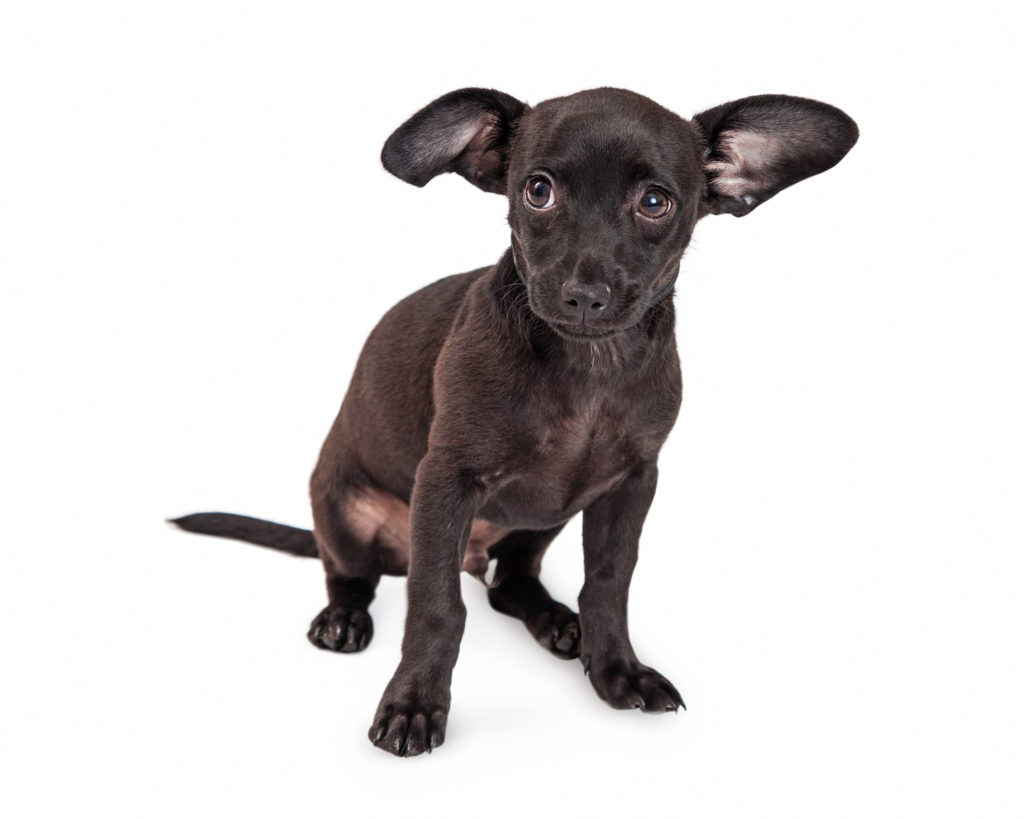
Here is a checklist of dog personality traits and behaviors that may be problematic in your home, depending on the special needs of your child:
- Sound sensitivity: some dogs shy away from loud noises. How would this dog feel if kids are playing loudly or if someone has a tantrum or if there is another dog who barks a lot?
- High Activity Level: lots of dogs have a LOT of energy and need to be both mentally and physically engaged. If you are focused on meeting the needs of your child, would this dog become destructive out of boredom? Some dogs need a home where THEY are the center of attention. Just like dating, finding the right match matters!
- Anxiety: Just like humans, some dogs are prone to worrying a lot. These dogs can be very sensitive to sudden environmental changes, such as visitors coming to the house, unexpected screaming/crying or banging in the home or thunder. Dogs with anxiety are less likely to have the temperament to handle erratic behaviors or tantrums. They also may prefer quiet time at home, rather than joining your family on a variety of outings.
What’s the “Right” Dog?
It’s difficult to say what the right dog is for your family. Based on your family dynamics, you will need to consider a variety of features, such as size, coat type, energy level, and exercise requirements. As we discussed above, there are a variety of personality traits that can influence whether or not a dog is a good fit for you. It should be noted that many dogs don’t come loaded with perfect tendencies. Many of the behavior characteristics that many of us adore in dogs come as a result of careful early socialization and training.

- Resilience: a dog who can “go with the flow” is often ideal when the behavior of our children is unpredictable.
- Tolerance: some dogs are much more tolerant than others. When you have children with developmental challenges, there is the possibility that they may not always be as gentle with the dog as we’d like. Ideally, your dog will not act in an alarming fashion if its fur is pulled or if its tail is stepped on on occasion…although we couldn’t blame them if they did get upset by this. Pain is pain, no matter who feels it.
- Having an “off-switch”: Some dogs know how to take their energy down a notch (or ten) and can relax. These dogs may add calmness to your family dynamic, instead of adding more chaos.
In my Facebook Group, Parenting Kids and Dogs, one member told me about their search for the right dog for her family. “It definitely takes the right dog, and for us that meant finding a dog that was young enough to grow with our son…He could not handle a big dog in his space suddenly. For sure, an older dog that wanted peace and quiet would not have been happy with us. Our home in generally calm, but we live with a small tornado that can strike at any moment. Personality of the individual dog matters so much.” – B.S.
Your Child’s Special Needs
Dogs don’t care about labels or the specific names of disabilities. What matters are certain behavioral tendencies that can make parenting special needs kids and dogs simultaneously extra challenging. If your child demonstrates any of these tendencies, we will need to put management and training systems into place to ensure the physical and mental wellbeing of your new dog. Don’t worry. I’ll provide lots of suggestions in the next section.

- Difficulty following rules or paying attention: These kids might have trouble staying away from a dog who is eating a special bone or who is resting, which can result in a bite.
- Children with intense emotions that can fluctuate can be very unpredictable, unsettling or causing stress to certain dogs.
- Repetitive motions or language patterns: These behaviors can be challenging for a dog who is sensitive to sudden movements or noise.
- A child who is easily agitated or has sensitivities to noise may have great difficulty with an extremely active dog or one that tends to bark.
- If your child experiences sensory overload, they may have challenges with the texture of the dog’s fur, leash, bedding or food.
Training for the Whole Family
It IS possible to find the right dog to live in a special needs family. But regardless of of how tolerant or “good” the dog is, though, there still needs to be a lot of management and training in place to ensure the wellbeing of both the dog and your child(ren). When I asked my Facebook Group for their thoughts on this topic, one mom suggested, “One thing that comes to mind is making sure that parents of any kids are expert-level readers of canine body language / stress signals. I know someone with an Atypical 9 year old boy who does love his dog but completely overwhelms him…The dog never goes to the child and prefers to avoid him.”
Body Language
It can be very difficult for many children (and adults) to recognize body language and facial expressions. Dogs, like humans, have a wide range of communication that they can convey by moving their body position, facial muscles, ears and tails. Once you become familiar with how to notice if your dog is feeling relaxed or stressed, you can help family members to change their behavior to prevent the dog from feeling anxious. Ideally, you will become such a wiz, that you will be able to act proactively – setting up the dog AND your child(ren) for success, rather than rushing to intervene when things aren’t going well.
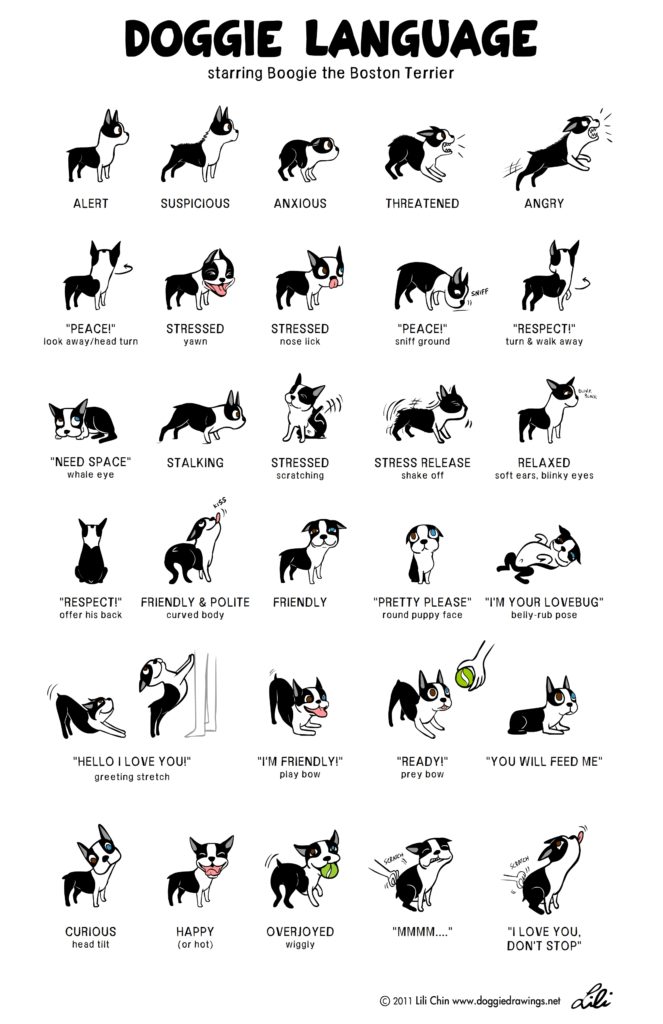
Rules
Rules aren’t fun for anyone, but it’s especially important to ensure that you have protocols in place to ensure safety. Following the rules is only one obstacle – but it’s also important to make sure that kids understand the rules and can remember them in the first place. I encourage you to use visual cues to prompt children to remember the guidelines. For example, one of my non-negotiable rules is that kids do not approach a dog who is sleeping, whether it’s on a dog bed or in a crate. To help children to remember this rule, I like to make a large square out of blue painter’s tape on the floor around the bed or crate. This blue line acts as a “no go zone” and provides a nice visual reminder to help kids be successful. For children who like to draw or color, we also sometimes put poster boards on the dog crate decorated with Stop Signs.

Other rules for families with dogs can include:
- Leave sleeping dogs alone, no matter where they are. I don’t know about you, but I am super cranky when I am awakened from a deep sleep unexpectedly. Dogs are often intolerant of this as well, and may use their teeth if frightened. If your child is drawn to your sleeping dog, I’d encourage you to make a safe, quiet zone in a part of the house where the dog can retreat to rest.
- Dogs who are eating or chewing on a bone are off limits. While some dogs are very tolerant, others don’t want to be bothered while they are enjoying food or a treat. If your kiddos can’t remember this rule, you can feed the dog in a pen or in a crate, where they can’t be disturbed. Barriers are excellent management tools and help both kids and dogs to be successful.
- Don’t hug the dog. While this might sound harsh, we have to be aware of the type of affection dogs actually enjoy. Most dogs don’t like when people reach over or around them, and they do not like to be restrained. Instead of hugging, we like to pet once or twice, and then take a break. If the dog likes it and wants more, they will often lean in for more attention. We sometimes call this a “consent test.”
- Don’t approach the dog. Instead, invite the dog. This is another form of a “consent test.” It’s GREAT to teach children that their voice matters and that they can say no. But if kids can say no, so can the dog! By inviting a dog over to say hello, you give the dog a choice to approach or not. If they choose not to approach, you can simply explain to your child that the dog said, “no, thank you.”
- Avoid the dog’s face and head. Dogs prefer to be pet on the chest or stroked on the shoulder or back. They dislike being patted on the head. Who can blame them? It hurts and can be very surprising.
- Allow escape. A dog who feels trapped is likely to bite.
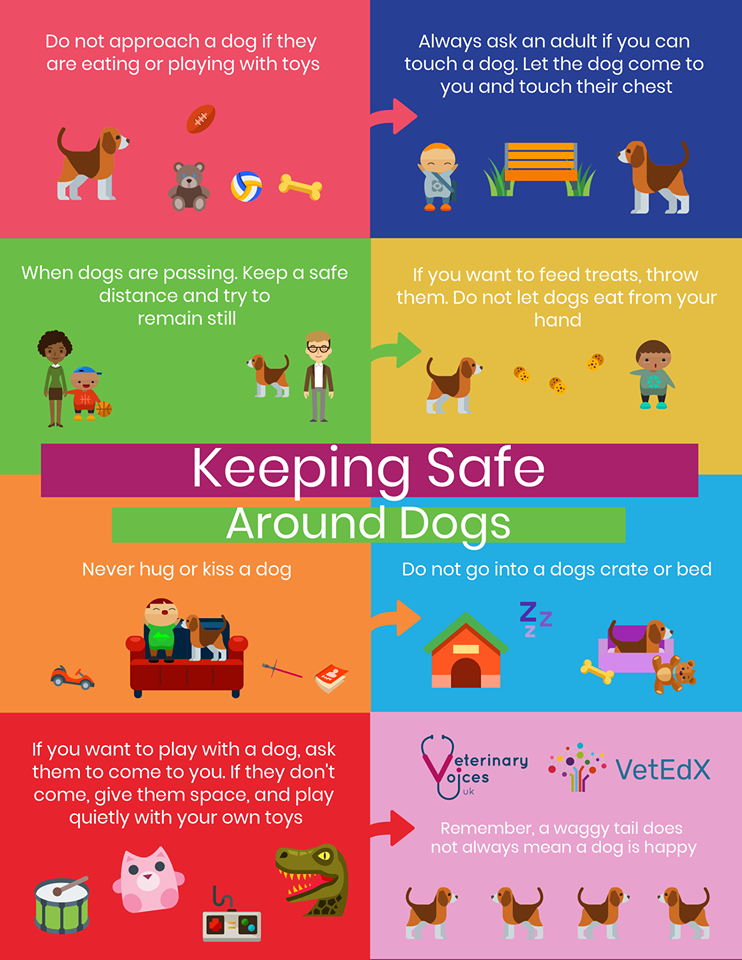
Games
Playing games can be fun for everyone – kids and dogs alike. They are a fun way to learn, too. Puppies, in particular, can get quite wild when kids are active. Games, such as Freeze Tag, can help to teach a dog to sit when the kids “freeze” and go still. You can also teach the dog games, such as Find It, to direct their attention elsewhere, when a child is experiencing a tantrum or is having a difficult day. Sometimes, though, you just need to focus all of your attention on the kids. I recommend keeping a stash of food-puzzles or stuffed Kongs in the freezer so your dog can retreat to a quiet space and get some rewarding mental stimulation.
There’s Help!
What if your dog is having a hard time adjusting to the chaos that comes with living alongside kids who have special needs? Our strategy for supporting your dog will depend on its behavior and the circumstances in your home. Some dogs would benefit from a methodical approach to building tolerance to sounds or sudden movements, for example. Other dogs may simply need more exercise, mental stimulation, training, or safe zones to retreat in the house. It goes without saying that your dog will need time to recharge, play and relax, away from the kids. Heck, so do you. I’m here to help and even offer video consults if you need support.
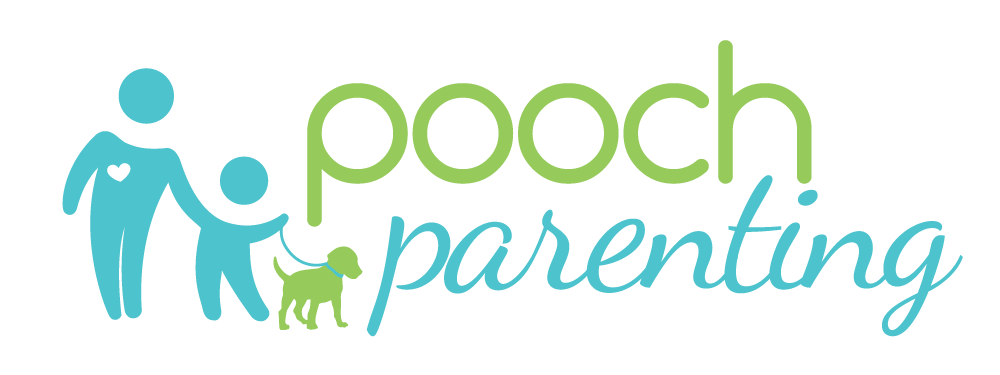
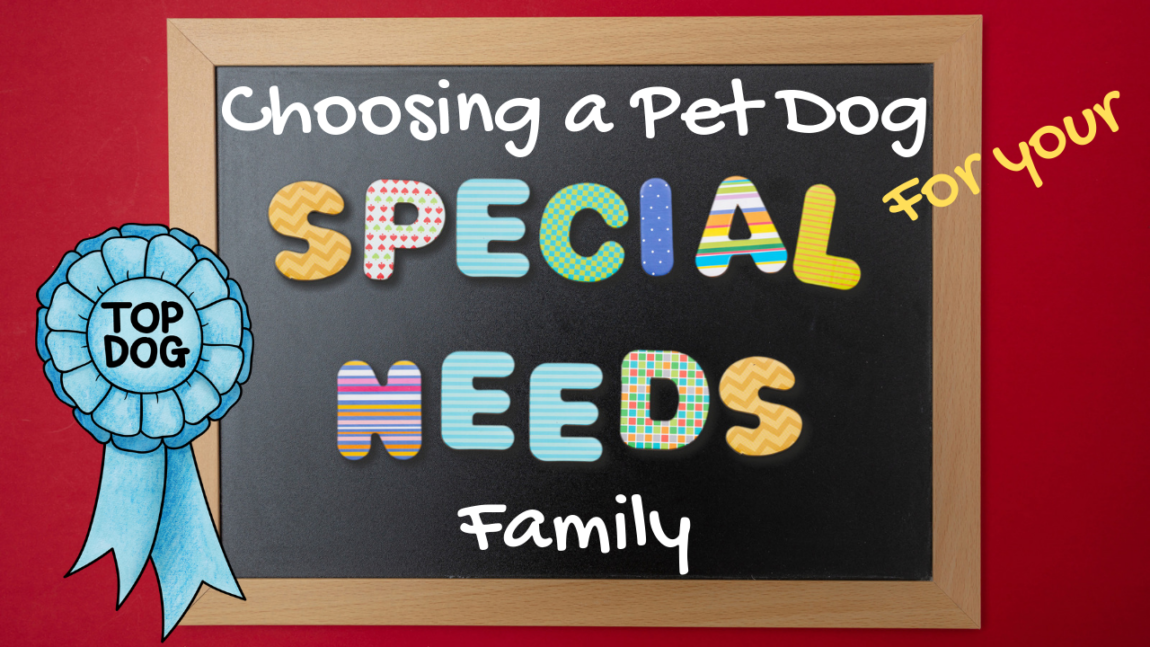
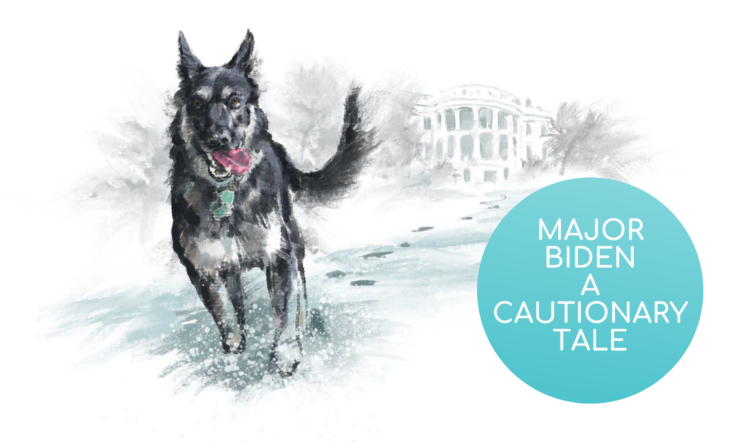
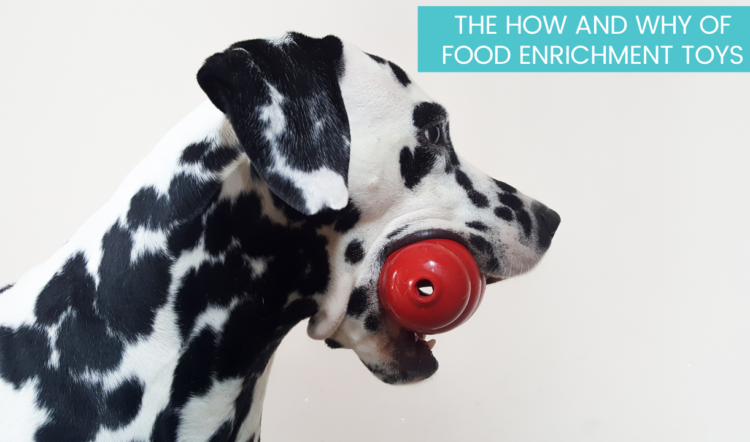
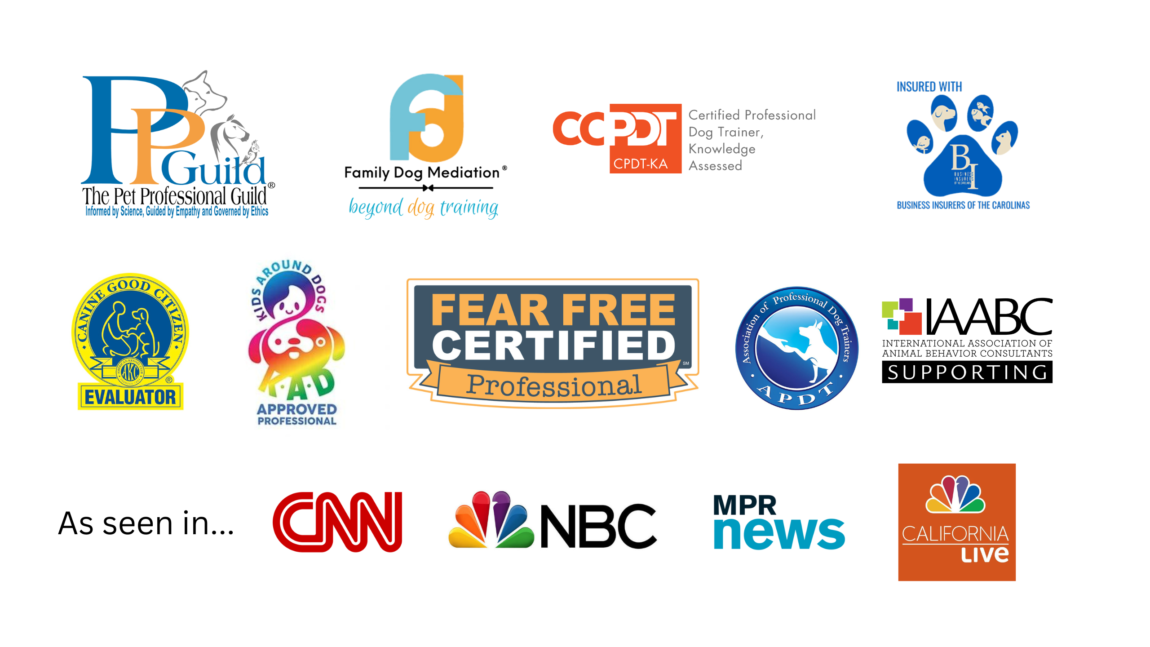
2 Comments
What types of dogs are the most appropriate foe kids with down syndrome?
Hi Molly,
Thanks for being here and asking your question. The whole point of the article is that you have to know the characteristics of your individual child before making a decision like this. Every dog is different, regardless of breed and you can’t just say, my child has this diagnosis and therefore an XYZ-breed dog would be ideal. It’s much more specific than that. Does your child have tantrums? sound sensitivity? a lack of physical boundaries and the need for lots of physical contact? Each of these traits (and more) will determine what kind of dog you need – one who can tolerate these characteristics. I would be happy to work with you privately to help you to discern how to choose a good dog for your family. Please email me and we can discuss how I can best be of assistance.
xo
Michelle
Comments are closed.